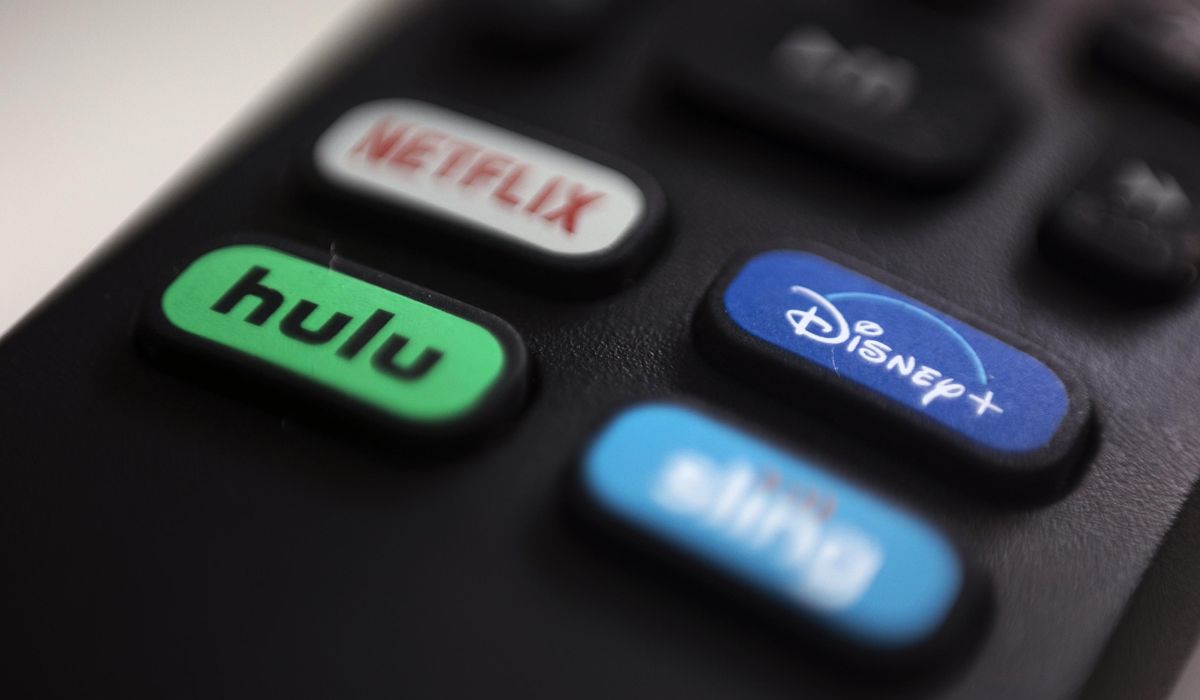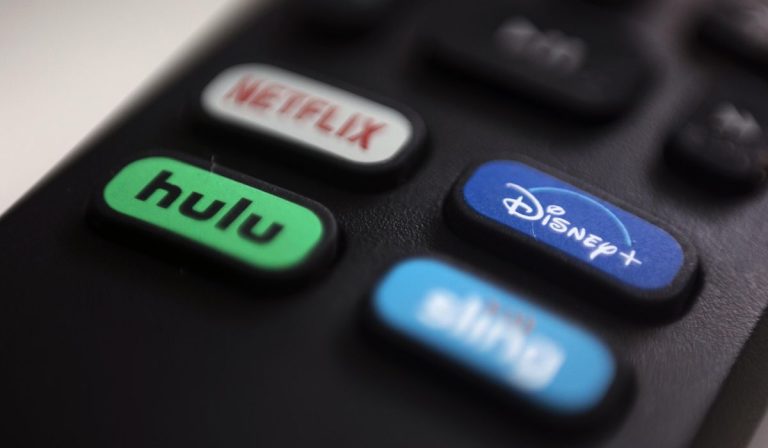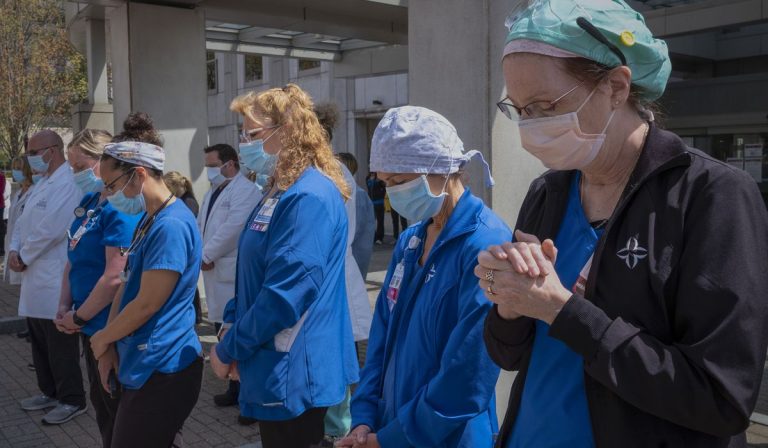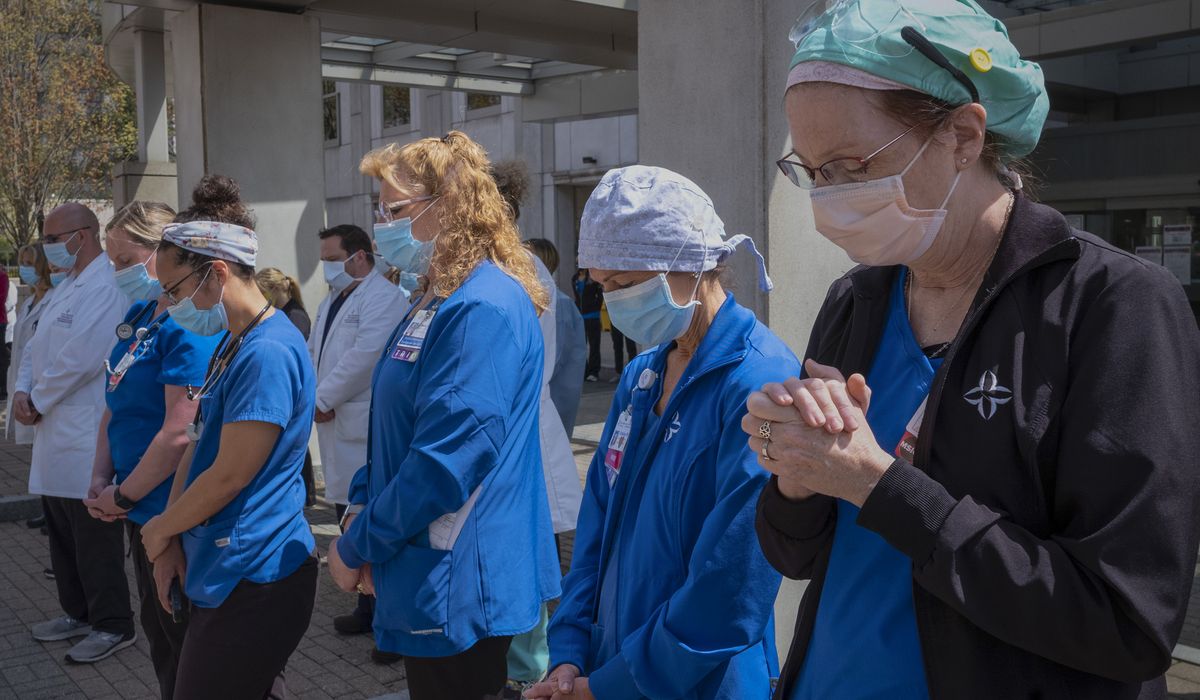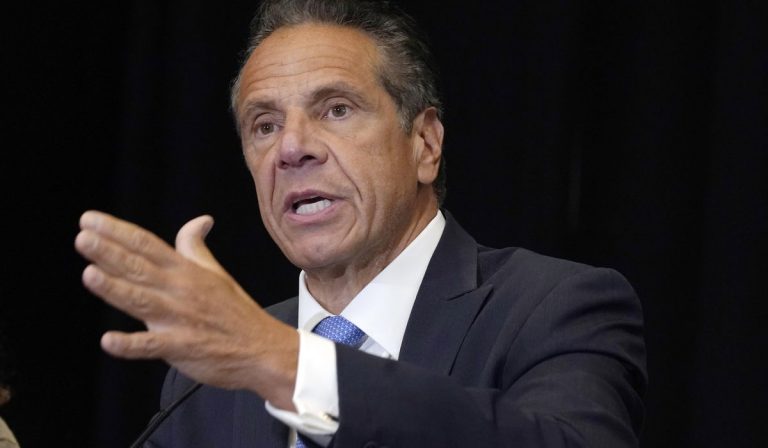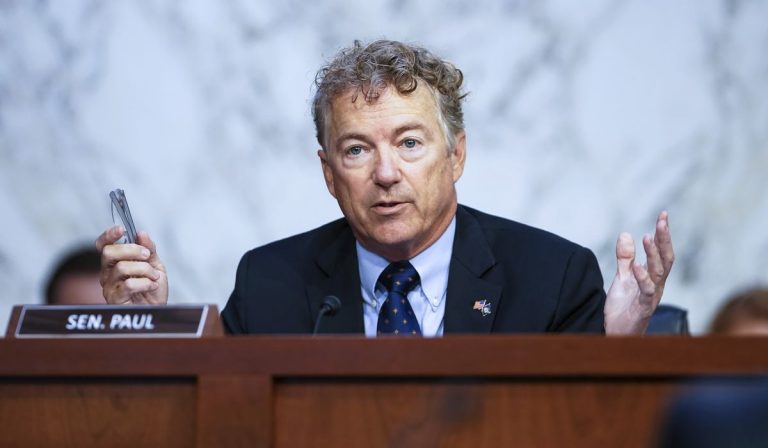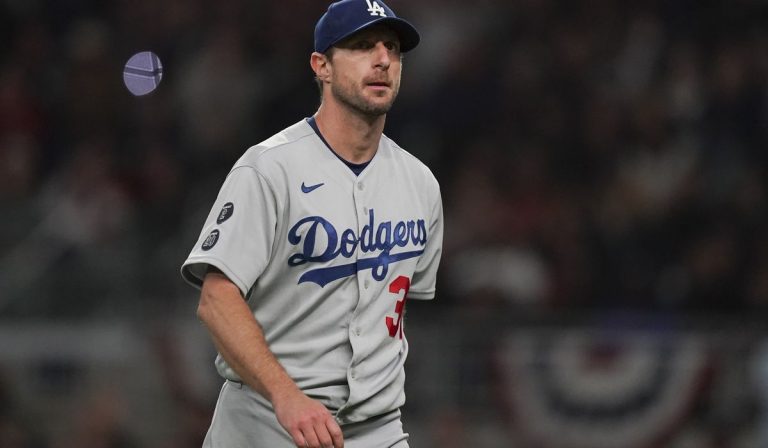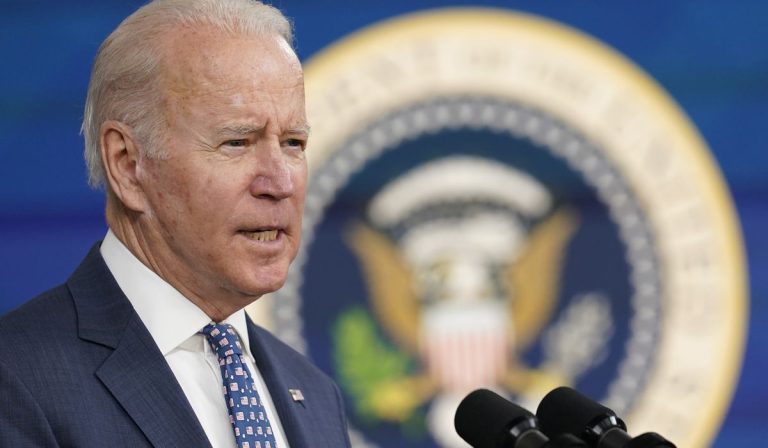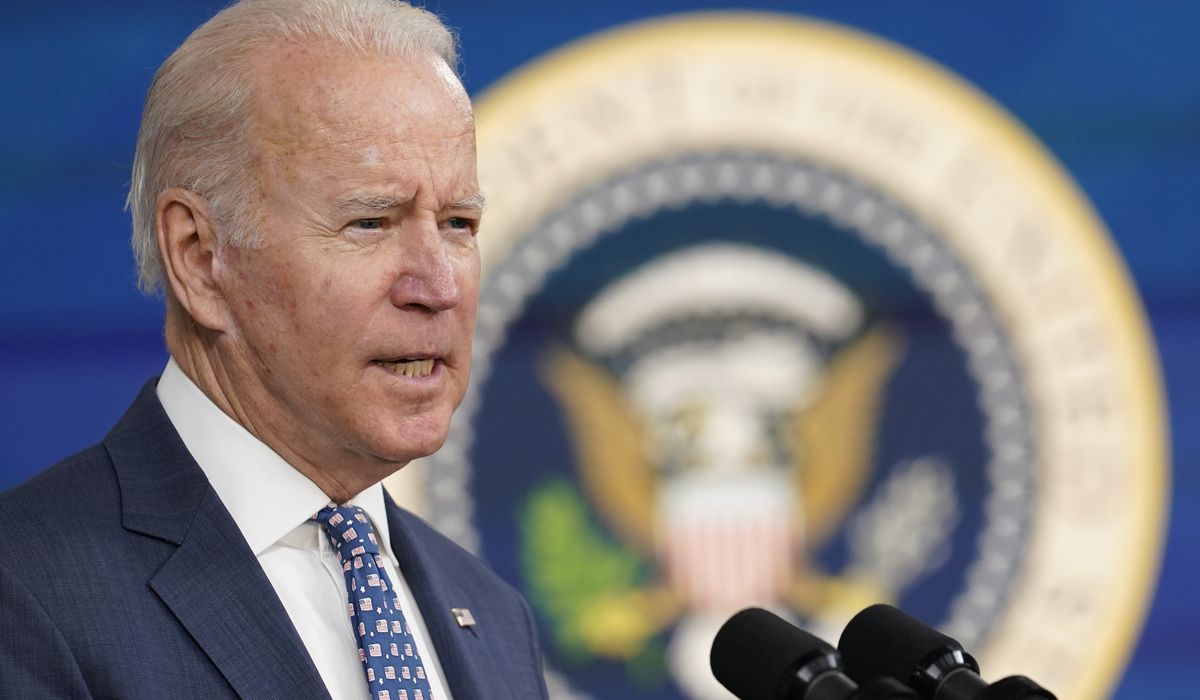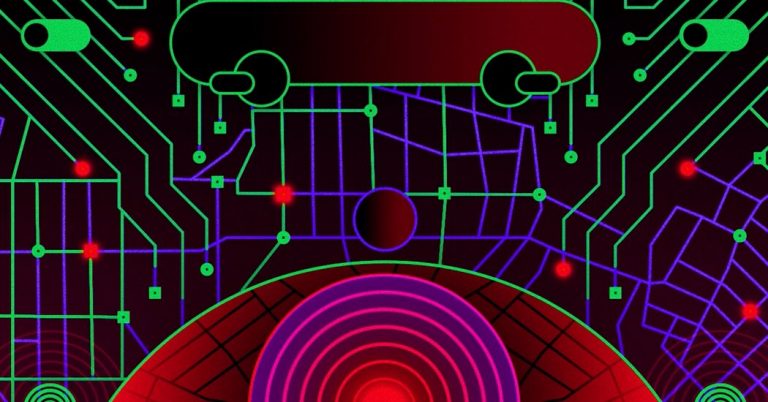President Biden said Monday the omicron variant first detected in South Africa is “cause for concern” but “not a cause for panic.”
The new coronavirus strain has now popped up in Canada and other countries as scientists raced to figure out if alarming mutations can puncture through vaccines and other defenses against the pandemic.
Mr. Biden said the U.S. will fight omicron with “action and speed, not chaos and confusion” and pleaded with Americans to get vaccinated or boosted with an extra dose if they haven’t already, saying the shots appeared to stave off deaths from the previous worrisome mutation, the delta variant.
“You have to get the shot, you have to get the booster,” Mr. Biden said. “We’re going to fight and beat this new variant as well.”
He said he wants widespread vaccination that suppresses the virus to be the “new normal,” rather than a recurring cycle of scary variants. And he said vaccination and mask-wearing will be the preferred plan of action instead of lockdowns.
Mr. Biden, who repeatedly referred to the variant as “omni-cron,” is plotting a response with Dr. Anthony Fauci of the National Institutes of Health and his COVID-19 advisers as global scientists grapple with whether the variant can spread more rapidly, cause more severe illness than previous variants or elude the protective power of vaccines.
The new COVID-19 variant features nearly 30 mutations.
Drugmakers are laboring to figure out if approved vaccines are effective against omicron, but it may take about two weeks to get a clear picture. Companies such as Pfizer and Moderna said they could produce an updated version of their vaccines, though it would take at least three months and they are looking at whether existing booster shots fight off omicron.
Mr. Biden said Dr. Fauci and others believe the vaccine will be effective against the variant but he said the administration is in contact with drugmakers about contingency plans if needed, including specially tailored booster shots to fight omicron.
He directed the Food and Drug Administration to speed those specialized vaccines to market “without cutting any corners for safety.”
Vice President Kamala Harris and Dr. Fauci, who serves as the president’s top COVID-19 adviser, attended the speech.
Omicron has been detected on multiple continents. At least two cases were reported in Canada. The U.S. hasn’t detected a case among sequenced samples but the variant might already be here and spreading.
“This variant is a cause for concern, not a cause for panic,” Mr. Biden said. “We have the best vaccine in the world, the best medicines, the best scientists and we’re learning more every single day.”
Mr. Biden on Friday joined European nations in banning travel from South Africa and surrounding nations. The ban went into effect Monday.
Japan, Morocco and Israel banned all foreign travelers and Australia delayed a planned reopening of its borders.
The South African government took umbrage over travel bans that singled them out, saying their elite scientists raised the alarm over omicron only to be punished by wealthy nations that enjoy broad access to vaccines. Scientists also say the bans could make other governments less likely to come forward if they detect a new variant.
Mr. Biden said the travel ban bought the U.S. time to figure out a game plan and applauded South Africa for coming forward.
“This kind of transparency is to be encouraged and applauded,” Mr. Biden said.
Mr. Biden said he doesn’t think the travel restrictions will have a chilling effect and reiterated that he wanted to buy time to expand the vaccine push. As it stands, roughly 59% of the U.S. is fully vaccinated.
That’s a far higher rate than the 24% in South Africa and less than 10% in Africa as a whole, fueling calls by the World Health Organization and others for vaccine equity.
“Omicron’s very emergence is another reminder that although many of us might think we are done with COVID-19, it is not done with us. We are living through a cycle of panic and neglect. Hard-won gains could vanish in an instant. Our most immediate task, therefore, is to end this pandemic,” WHO Director-General Tedros Adhanom Ghebreyesus said Monday.
Mr. Biden pushed other nations to donate more vaccines to poorer nations, touting the U.S.’s role as a leading donor while saying he will not leave Americans wanting for shots.
“Vaccinating the world is just one more tool in how we need to meet our moral obligations as Americans and how to best protect Americans we well,” Mr. Biden said.
The World Health Organization is pushing for greater vaccine equity but on Monday said it is important for receiving nations to get a heads up on shipments, instead of “ad hoc” deliveries, so they can distribute the vaccines wisely and store them properly.
Mr. Biden acknowledged that South Africa has sufficient supply but is struggling to get shots in arms. He didn’t outline a game plan for assistance on that front.
For more information, visit The Washington Times COVID-19 resource page.
Health, The New York Today
